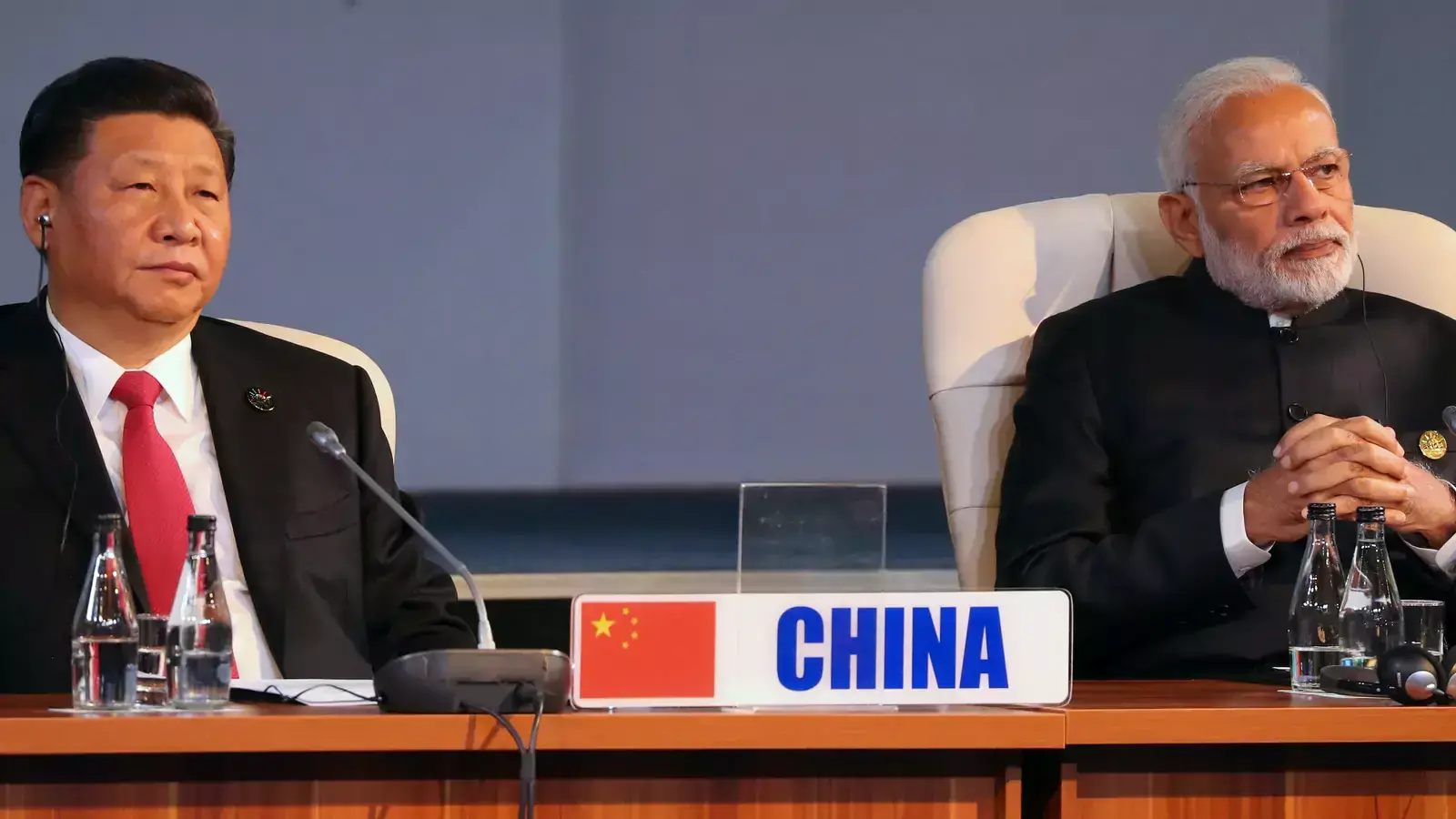Manjari Chatterjee Miller

During the G20 summit in India last year, Prime Minister (PM) Narendra Modi hosted a “Voice of the Global South for Human-Centric Development” virtual summit where he declared India would be the voice of the Global South. And, indeed, as part of India’s prerogative as the 2023 president of the G20 to articulate its agenda, it pushed issues important to developing countries such as sustainable lending, food security, health infrastructure, multilateral bank reform and climate finance. India’s positioning as the champion of the Global South was not limited to development and governance issues but also accompanied by a clear desire to play a globally influential role as a bridge between its western strategic partners such as the United States (US) and France, and the developing world. Consequently, a lot of attention has been paid to both the Global South — indeed the Financial Times declared the phrase the word of the year in 2023 — and India’s role in it. But just as the concept of the Global South is not new, neither is India’s aspiration to lead it. Furthermore, India has long competed with China to assume this role. The significant difference between their historical role and today’s positioning is that the geopolitical context has changed and who comprises the Global South and why has evolved. It is also an open question as to whether Global South countries welcome either India or China as their voice.
The Global South is today largely understood to be a grouping of countries classified as low- or middle-income by the World Bank. The term is a geographical head-scratcher given that it includes many countries such as those in northern Africa as well as China and India, all of which fall in the northern hemisphere. But the geographical roots can be traced to a 1926 essay, “The Southern Question”, written by the Italian Marxist philosopher Antonio Gramsci in which he first raised the idea of a less-developed, southern region. Gramsci compared the industrially developed and wealthier region of northern Italy with its less developed south, and concluded that the latter had been colonised by capitalists from the former. His conclusions were furthered during the Cold War when international society was classified in 1952 by French demographer Alfred Sauvy into worlds separated by both, income and ideology. The capitalist West comprised the First World; the Soviet Union and its socialist allies the Second; and the newly-decolonised and largely impoverished countries, the Third. In 1969, American Left-wing activist Carl Oglesby dubbed this Third World the “Global South”, when he lamented “the north’s dominance over the global south”.
One of the earliest Global South convenings was the Asia-Africa Conference held in Bandung, Indonesia in 1955. Bandung attendees included not just the countries we think of today as Global South but also countries such as Saudi Arabia, Jordan and Turkey. The most important issue on the conference agenda for these countries, many of whom were newly decolonised, was opposing colonialism and racial discrimination. Bandung was also where the idea of non-alignment — or not taking the side of either superpower during the Cold War — was born.
It was this world to which both China and India belonged and aspired to lead. At Bandung, these aspirations were a source of friction between them. China represented by premier Zhou Enlai and India represented by PM Jawaharlal Nehru competed to display their bona fide anti-colonial credentials and ability to champion the newly decolonised world. After Bandung, India emerged as a leading voice of the non-aligned movement (NAM), often taking moral positions. But China, while taking a supporting role in non-alignment, began extending foreign aid to many African nations — indeed in the Mao years, China often gave aid to countries with a higher gross national product (GNP) per capita than its own.
In the post-Cold War world, both anti-colonialism and NAM became less relevant as the common link between Global South countries. Moreover, it seemed absurd to continue to include certain countries in the category — Saudi Arabia, for example, given its oil wealth. But the idea of opposing any kind of neo-imperialistic — read western — dominance and interference continued as a common thread. And this continues to draw both China and India. Despite now being considered rising powers with huge economies, both still insist they are developing countries that need support, oppose undue western interference and therefore, have interests in common with the rest of the Global South. With its infrastructure-building Belt and Road Initiative (BRI) and easily given loans and investments to developing economies, China has been presenting itself as an alternative to a seemingly inflexible and unsympathetic US system. India, unable to match China’s investments and financing, has been offering itself, as the G20 summit showed, as the country that both understands Global South interests and also has the ear of the West, particularly the US.
But it is not so clear the Global South, while sometimes perfectly willing to accept Chinese and Indian support, sees either of them as either a benign leader or their champion. China’s reluctance in its approach to the global debt crisis and its abuse of natural resources in West Africa, for example, has created friction. Meanwhile, India is considered a difficult and prickly country to deal with, and its obstructionism in international organisations such as the World Trade Organization, where it has opposed issues of interest to many developing countries — such as fisheries subsidies — has created some ill will. Furthermore, neither country would win a popularity contest in their respective neighbourhoods — home to several Global South nations.
In short, China and India have both wanted to play a leading role in the Global South for decades. But whether those aspirations will be fulfilled remains to be seen.
No comments:
Post a Comment